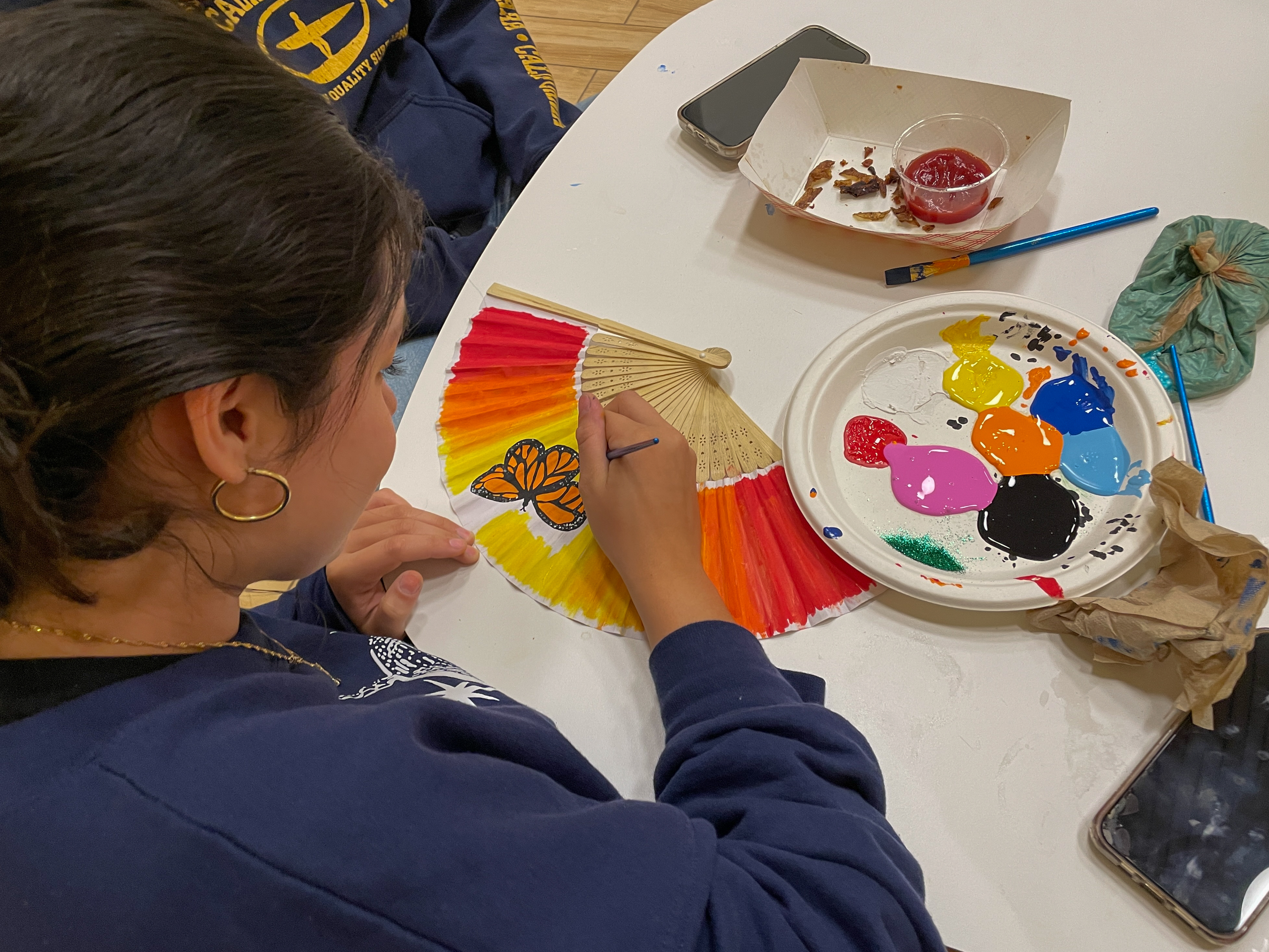You are scurrying down Christian Street in the gloomy winter dark to arrive at your dorm in time for check-in. A pair of headlights emerges in the distance, but before you even notice them following you, the pickup truck whooshes past with rolled-down windows, and a shadow bellows a nasty slur. With a jump and a chill, all you are able to do is watch the truck disappear into the foggy distance. With that, you are left a victim of a local motorist’s verbal taunting.
Although many students have claimed to have experienced such events over the year, Director of Risk Management Ms. Risa Vine recently said, “Before this year, a formal process for reporting these incidents wasn’t in place.” Now, though, a Safety Report form on the Choate portal allows students to self-report harassment experiences. Ms. Vine said, “In the past, dorm advisors or faculty members emailed directly about students who were concerned walking along the street. They had been yelled at by drivers of cars traveling through campus. I think that this form has really helped to focus the reporting information into one source.”
Despite the implementation of the new reporting service, Deputy Chief Mikulski said, “There haven’t been any formal complaints filed.” Ms. Vine explained, “We’ve shared the school’s general concerns about this type of harassment with the Wallingford PD even without having the specifics for each incident. But that doesn’t constitute an official police report. Ultimately, we never want students to put themselves in harm’s way in a situation where a driver’s behavior is making a student nervous. We would advise them to continue directly to their destination and then immediately note all specifics from the incident that they can recall and then make a report using the Safety Report.”
Although the new reporting system has increased the number of recorded complaints, Ms. Vine said, “It is important to have the time of the incident, the color of the vehicle, a basic description of the person, and most importantly, a license plate. It’s also very helpful to have the name of the person making the report. That way we can follow up with them and make a formal report to the Wallingford Police Department. Only one of the handful of reports that we’ve received had all that information. When Community Safety followed up with that student, they didn’t want to make a formal police report.”
Mr. Mark Mikulski, the Wallingford Police Department Deputy Chief, added, “Depending on the information that is given, we approach the matter in different ways. If we are given the color of a car or a license plate, those are two different pieces of information, and we’d use it two different ways.”
If the police department were to receive any formal complaints containing valuable investigative information about street harassment, “the police would probably get a report from whoever was the witness and take a statement from them. Then they would go find the culprit and take a statement as well. They would then have evidence to determine if there was probable cause to see if a crime was committed, and if there was, that person would be subsequently arrested,” according to Deputy Chief Mikulski.
“Although insensitive and frightening,” said Mrs. Vine, “street harassment is in most cases considered freedom of speech under the First Amendment. Ultimately, we don’t find it acceptable behavior towards our students and want to work with the Wallingford Police to bring awareness to the problem and minimize it.” Wallingford’s Chief of Police, Mr. William Wright, who spoke about street harassment at a recent all-school meeting, countered in an interview, “It depends on what exactly is said. If it causes you alarm, then that very well might be a criminal offense. It’s all situational. Yes, the First Amendment allows you to yell at the top of your voice in opposition to someone else yelling at the top of theirs, but it’s not a free for all.”
The police cannot simply take a student’s word. There must be some kind of evidence — if simply how the words made the student feel — to have probable cause to arrest. This is why the process includes a statement from both parties involved. Deputy Chief Mikulski concluded, “The police would have to present both sides in an arrest warrant, and the judge would have to see more probable cause than not — it occurred or it didn’t occur — depending on what the situation and its severity were and did somebody feel harassed or intimidated. You can rest assured if you report something, we are definitely going to talk to all parties and make sure they know that the police are involved.”




